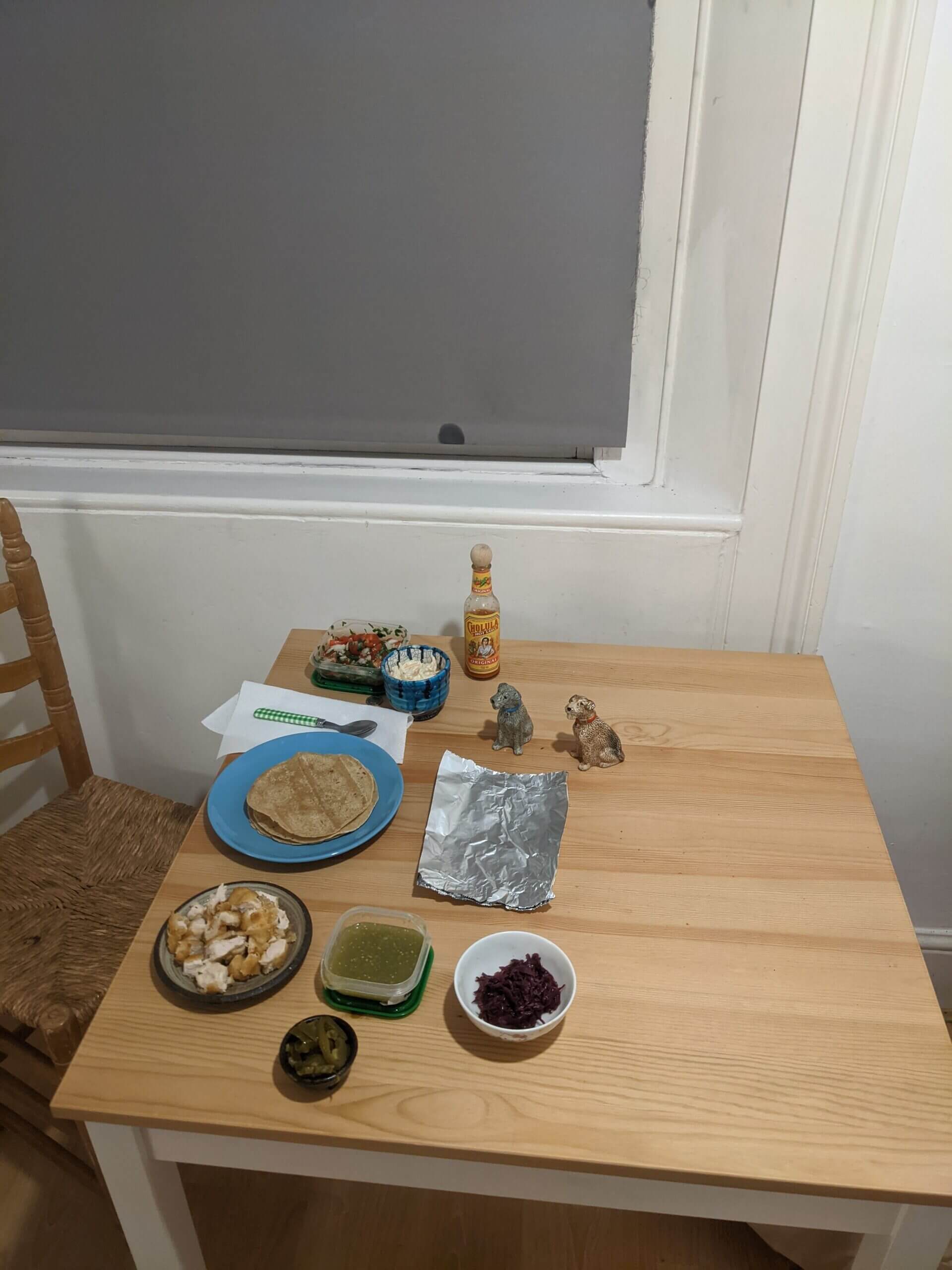2021-11-28
- feliz domingo!!
- went out tonight for dinner, it was lovely! pero,
- it was the first time i've spent time sober with anyone since july
- i found myself sitting waiting on the exact spot on a bench outside whitechapel i sat waiting in july
- and then attending the same gallery as i did in july
- the same exhibition
- anyway i feel really weird
- the same exhibition
- and then attending the same gallery as i did in july



